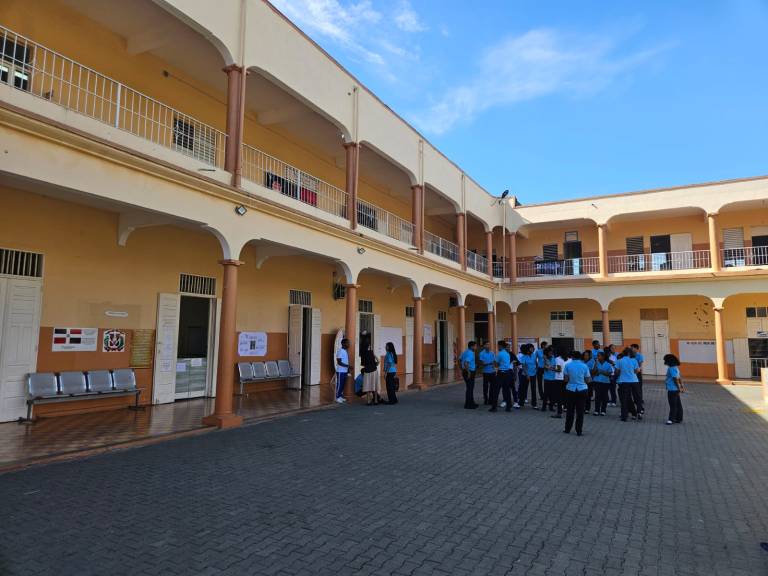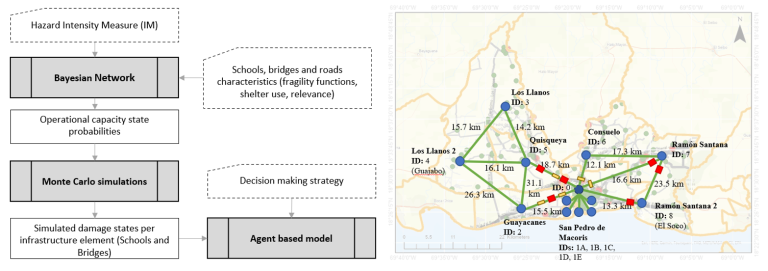Minimize education disruption following natural hazards
9 February 2024
The UNESCO Chair in Disaster Risk Reduction and Resilience Engineering has recently delivered the project Minimize Education Disruption Following Natural Hazards in the framework of the BERLAC initiative coordinated by the UNESCO DRR unit.

To understand the impacts of natural hazards on education continuity, the UNESCO Chair in Disaster Risk Reduction and Resilience Engineering delivered a project for the UNESCO Disaster Risk Reduction Unit, working together with different local institutions in the Dominican Republic, including the Ministry of Education, the Ministry of the Presidency, and ONESVIE (National Office for Seismic Assessment and Vulnerability of Infrastructure and Buildings). The three main objectives of the project are:
- To develop a platform able to evaluate the risk of disruption to education caused by diverse natural hazards affecting both the physical school infrastructure in a region and the road network that serves it.
- To define alternative mitigation measures which can alleviate such disruption and evaluate them in terms of efficiency-cost analysis.
- To prove the applicability of the platform to real-world situations by considering a specific case study in the Dominican Republic and therefore evaluating data needs and skill transfer needs.
The proposed methodology consists of a probabilistic resilience framework for system performance and recovery analysis, by combining Bayesian Networks (BN), Monte Carlo simulations (MC), and Agent-based model (AB). The province of San Pedro de Macoris, affected by both seismic and flooding risk, was chosen for the platform’s implementation. Covering rural to urban areas, the project assessed 288 schools with more than 800 buildings, serving 80,000 students.

The model was implemented to assess the impact of a moderate seismic scenario with a uniform Peak Ground Acceleration (PGA) of 0.25g, corresponding to a 475-year return period. The model evaluates how various interventions may reduce the disruption time in the education system:
Condition | Educational interruption time | Reduction in interruption |
Original | 206 days (about 7 months) | - |
Bridge retrofitting | 200 days (about 7 months) | 6 days |
Schools retrofitting | 186 days (about 6 months) | 20 days |
Both retrofitting | 173 days (about 5.5 months) | 33 days |
The model was also implemented in a flood scenario of 0.25m in the flood-susceptible areas in the province (corresponding to 50 years of return period). The following results were obtained:
Condition | Educational interruption time | Reduction in interruption |
Original | 127 days (about 4 months) | - |
Schools retrofitting | 69 days (about 2 months) | 58 days |
More details of the results can be found in the full report. This project was developed under the BERLAC initiative and was presented in a capacity-building workshop held in Santo Domingo in December 2023. The BERLAC initiative aims to strengthen the capacity of the local and national construction and policy sectors of six countries: Cuba, the Dominican Republic, Haiti, Guatemala, Mexico, and Peru.
 Close
Close

